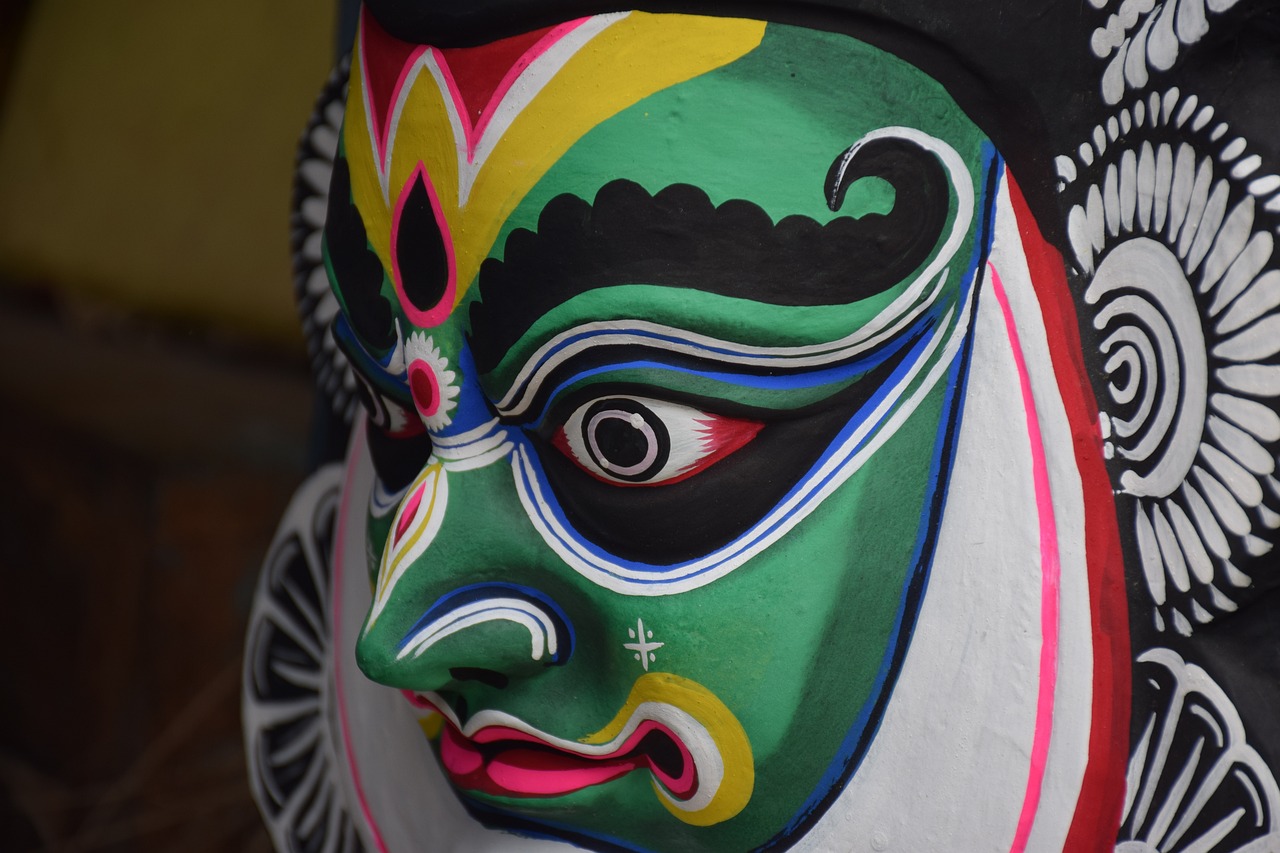Addressing Voter Suppression in Democracies
Voter suppression refers to any effort that aims to hinder or limit an individual’s ability to vote. This tactic is often used to influence election results by targeting specific groups or demographics. By making it harder for certain populations to exercise their right to vote, voter suppression can have a significant impact on the outcome of an election.
Instances of voter suppression can take various forms, such as strict identification requirements, limited polling locations in certain areas, discriminatory voter registration practices, or purging voter rolls. These tactics disproportionately affect marginalized communities, including people of color, low-income individuals, and young voters. Understanding voter suppression is crucial to ensuring fair and equal access to the electoral process for all citizens.
Historical Context of Voter Suppression
Voter suppression has a long and troubling history in the United States. From the post-Civil War era to the Civil Rights Movement of the 1960s, efforts to disenfranchise certain groups have been a consistent theme in American politics. White supremacy and the desire to maintain power among certain political factions have often been the driving forces behind these tactics.
One of the earliest forms of voter suppression in the U.S. was the implementation of poll taxes and literacy tests in the South following the Reconstruction era. These measures were specifically designed to prevent Black Americans from voting, as many were unable to afford the poll tax or pass the literacy test due to centuries of systemic oppression and lack of access to education. Additionally, violent intimidation tactics, such as the Ku Klux Klan’s campaigns of terror, were used to suppress Black voter turnout and maintain white dominance in the political sphere.
Common Tactics Used for Voter Suppression
One prevalent tactic employed for voter suppression is the implementation of strict voter ID laws. These laws require voters to present specific forms of identification at the polls, such as government-issued IDs or passports, which can pose a barrier for certain demographic groups who may not have easy access to such documentation.
Another commonly used tactic is voter roll purging, where election officials remove voters from the registration lists. While this process is intended to maintain accurate and up-to-date voter rolls, it can also lead to eligible voters being wrongfully excluded from participating in elections, often resulting in disenfranchisement.
• Voter ID laws require specific forms of identification
• Can pose a barrier for certain demographic groups without easy access to documentation
• Voter roll purging removes voters from registration lists
• Intended to maintain accurate voter rolls
• Can lead to eligible voters being wrongfully excluded
What is voter suppression?
Voter suppression refers to any tactic or practice that is used to prevent or discourage eligible voters from exercising their right to vote.
Can you provide examples of historical voter suppression tactics?
Some examples of historical voter suppression tactics include poll taxes, literacy tests, and outright intimidation of minority voters.
What are some common tactics used for voter suppression today?
Common tactics used for voter suppression today include strict voter ID laws, voter purges, reducing polling locations in certain areas, and disinformation campaigns.
How can individuals combat voter suppression?
Individuals can combat voter suppression by staying informed about their voting rights, advocating for fair voting laws, and volunteering as poll workers or poll monitors on election day.
Why is voter suppression considered a threat to democracy?
Voter suppression is considered a threat to democracy because it undermines the fundamental principle of fair and equal representation for all citizens. When certain groups of eligible voters are disenfranchised, the democratic process is weakened.







